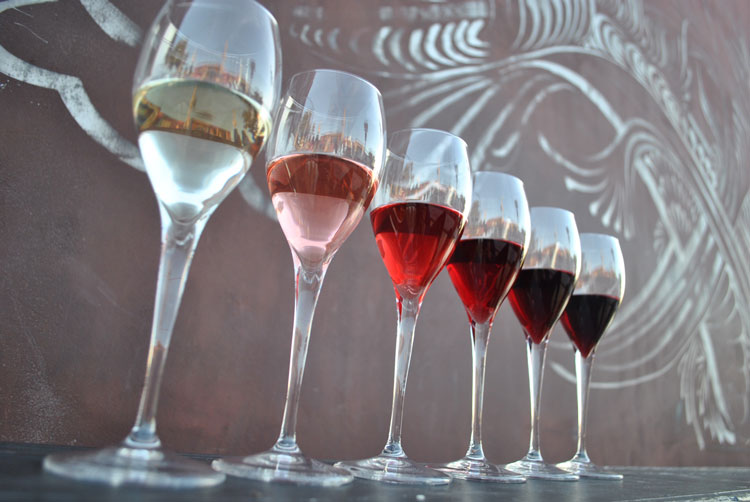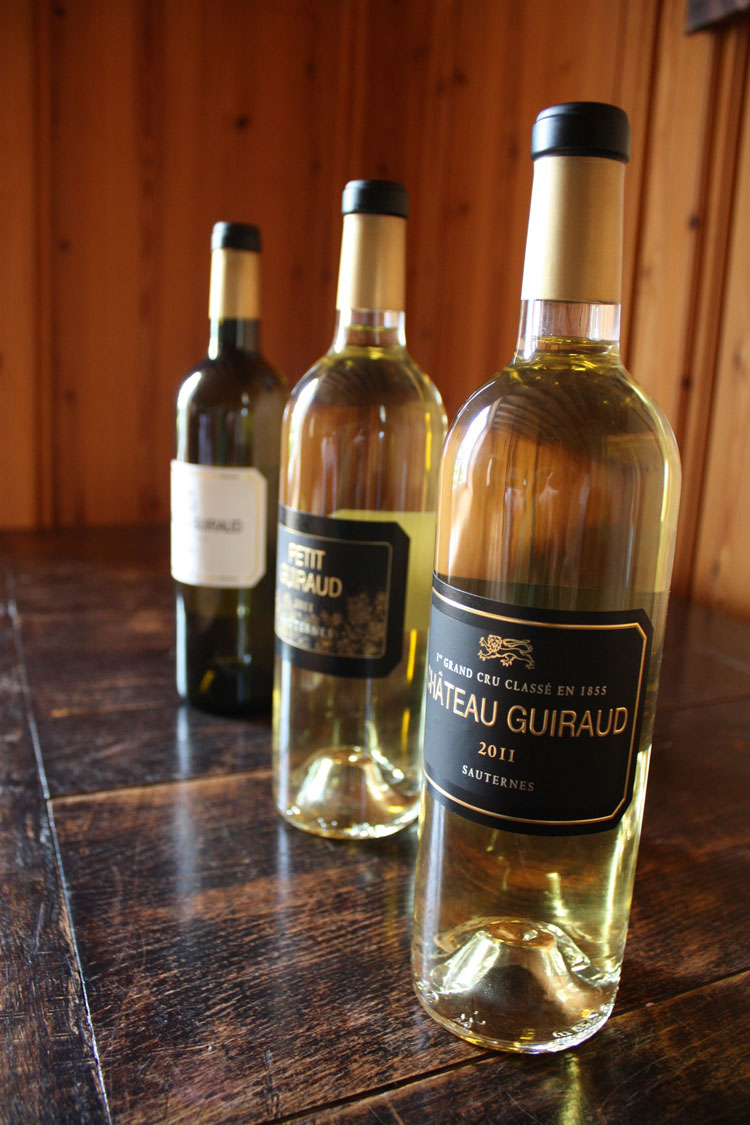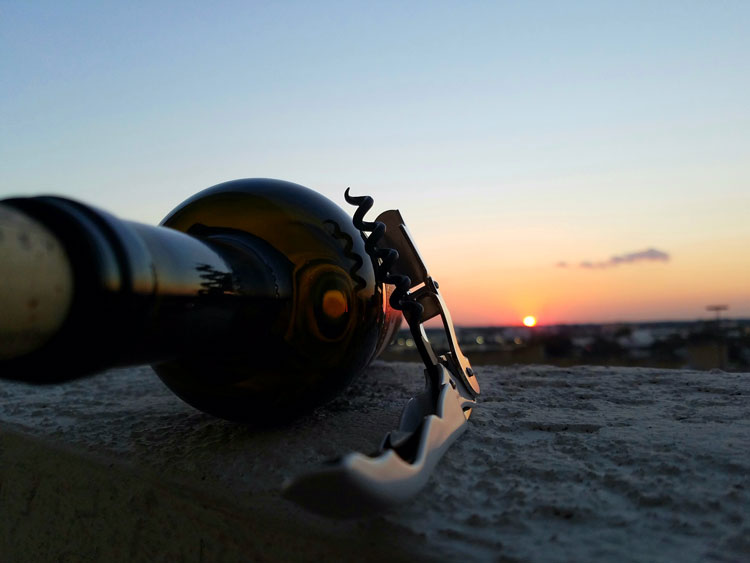 Like with any other subject, myths and misconceptions are always part of the story, and in the wine world, there are A LOT of them. And with so many, where do I begin?
Like with any other subject, myths and misconceptions are always part of the story, and in the wine world, there are A LOT of them. And with so many, where do I begin?
A HEAVY BOTTLE, OR A BOTTLE WITH A DEEP PUNT, MUST MEAN THAT THE WINE IS GOOD…
This is one of the most common ones. Consumers think that a thick-glassed bottle, or a bottle with a deep punt (the indentation at the bottom of the bottle) must mean that the wine is good. Well, it is true that it is more expensive to make a thick-glassed bottle, or a bottle with a deep punt, but when I say more expensive, and although it would make sense that a good wine would spend more money on the bottle itself than an inexpensive wine, it is ultimately a marketing strategy and a winemaker decision on how they want their wines packaged.
A lot of high quality winemakers are choosing thin-glassed bottles, not to save money, but to be more environmentally friendly, and on the other hand, a lot of low quality producers are willing to spend a little more on the bottle itself just to take advantage of those consumers that think that a heavy bottle means the wine is good. I am sorry to tell you, but nowadays,
it is mostly marketing.
 IF A WINE HAS A SCREW CAP, THEN IT IS LOW QUALITY AND ‘CHEAP’…
IF A WINE HAS A SCREW CAP, THEN IT IS LOW QUALITY AND ‘CHEAP’…
Screw caps were introduced into the wine world more than 20 years ago, but it wasn’t until the early 2000’s that New Zealand and Australia took the market by storm and decided to show the world that screw caps are a GREAT alternative to natural corks. Since then, screw caps have expanded across the world, and today, great winemakers are using screw caps, not only because they are less expensive than natural cork, but mostly because it guarantees that a wine will not be affected by TCA (a bacteria that affects up to 3% of the wines with natural cork, which makes the wine go bad). Yes, the natural cork is more romantic, but I am a huge fan of screw caps, and unless the wine is meant to be aged for a long time in bottle, there are really no other benefits of natural cork vs. screw cap
THE OLDER THE WINE, THE BETTER IT WILL BE…
Most people think that the older the wine, the better it is, but unfortunately this is rarely the case. In the today’s wine world, only about 10% of the wines made will improve (get better) with ageing in bottle. That means that about 90% of the wines in the market are meant to be drunk young, or as close to release as possible. Now, if we are talking about white wines, this is even more true, as most white wines are crisp, fruity, and lively when young (with the exception of good quality Rieslings, Burgundies, high quality oak aged whites, and others). Remember, only 10% of the wines made will get better with age. As wine ages, the fruitiness fades away and spicey aromas begin to develop, but this will only happen in high quality wines that have the necessary characteristics to develop in bottle. So if you are unsure, and are spending $15-20 on a bottle, do not go for the oldest, instead look for a young wine, which will be juicy, fruity and delicious.
 SULFITES IN WINES ARE THE CAUSE OF MY HEADACHES…
SULFITES IN WINES ARE THE CAUSE OF MY HEADACHES…
Unfortunately this is a very tricky one. Yes, sulfites can cause headaches to people that are allergic or intolerant to sulfites, but is this is the case, then most produce (tomatoes, mushrooms, etc.) will give you headaches as well, as sulfites are used to prevent oxidation in a lot of different produce.
The most likely explanation is that during fermentation, 3 different types of alcohol are produced: ethanol is the main one, but butanol and methanol alcohol are naturally produced in minuscule quantities. The problem is that butanol and methanol can be toxic at high levels, and all of us have different tolerances to these. Therefore it is impossible to know if a wine will give you a headache or not unless you try it. To make it even harder, different years will bring different conditions, meaning that the amounts of alcohol produced, in the same wine, will be slightly different from year to year. (P.S – hard liquor will not have butanol and methanol as these are filtered out during the distillation process.)
SWEET AND ROSE WINES ARE LOW QUALITY….
Nothing can be farther from the truth… yes, there are a lot of rose and sweet wine that are low quality, but this can be said for any wine, red and white. We all think that sweet wine equals bad Moscato. However, there are AMAZING Moscato (mainly from the Asti region in Italy) which retail at about $20 per bottle. But more than just Moscato, some of the best wines, and most expensive wines in the world, are sweet: Sauternes, Tokaji, Vintage Port, some German Rieslings, etc.
The same can be said about rose. Some rose wines are bland, simple, and not exciting, but the best examples of a Cote de Provence, a Bandol, a Tavel, are incredible. They are refreshing and juice, yet complex and intriguing.
All I can tell you is not to let myths and misconceptions limit your experience with wines. If you haven’t had it, give it a chance, the worst that can happen is that you don’t like it, but more often than not, you can be exposed to another amazing wine or region that you didn’t know before.



